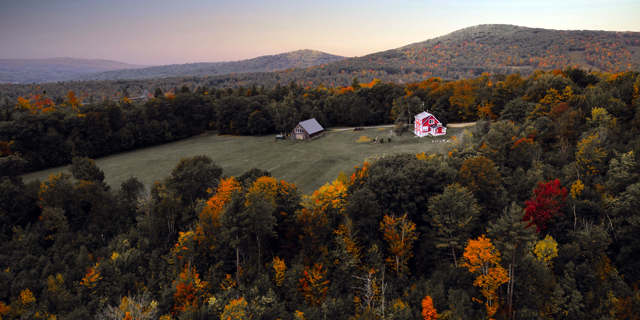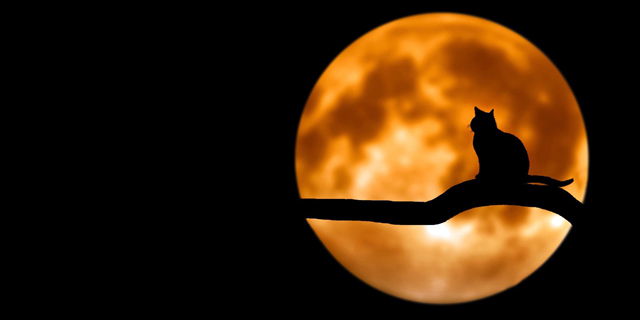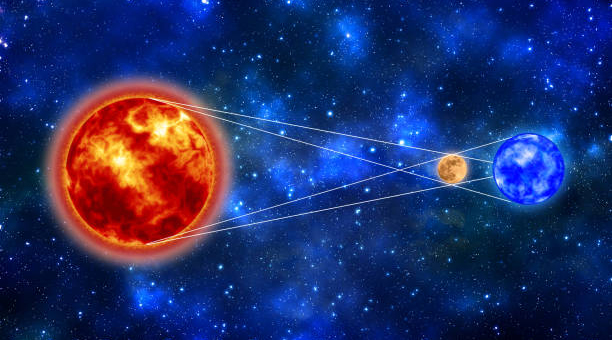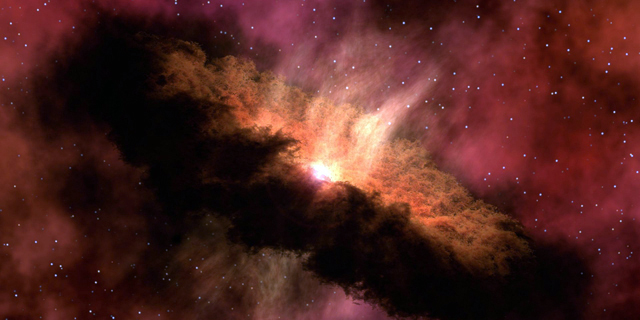渡渡鸟的英文单词(Understanding the Extinct Flightless Bird The Dodo Bird)

Introduction
The Dodo Bird, or Raphus cucullatus in scientific terms, was a flightless bird that lived on the island of Mauritius. It is known for being one of the iconic symbols of extinction. Despite being an extinct animal, the Dodo Bird has left a remarkable mark on our understanding of evolution, ecology, and extinction. In this article, we delve deeper into the life and times of the Dodo Bird.
Physical Description
The Dodo Bird stood at a height of about one meter and weighed around 23-27 kg. It had a distinct appearance with its large beak, stout body, and small wings. The bird had a greyish-brown plumage, with white feather patches on its wings and tail. Interestingly, the Dodo Bird had a keen sense of smell, which it used to locate its primary food source, fallen fruits and seeds.
Ecological Niche
The Dodo Bird was part of an intricate ecological web on the island of Mauritius. It had a crucial role in seed dispersal and was responsible for spreading seeds of various plant species across the island. As an herbivore, the Dodo Bird had a unique digestive system that allowed it to process toxic fruits that other animals could not consume. Its extinction had an enormous impact on the island’s ecosystem, leading to a decline in plant species diversity, and the loss of several endemic plant species.
Reasons for Extinction
The extinction of the Dodo Bird is still shrouded in mystery, but several factors are thought to h*e contributed to its demise. One of the significant factors was human intervention, as they brought with them invasive species like rats, pigs, and monkeys that destroyed the bird’s habitat and consumed their eggs. Hunting by sailors and settlers also caused significant declines in the bird population. The introduction of domesticated animals like goats and dogs also led to increased competition for resources, which added to the bird’s decline.
Lessons Learned
The extinction of the Dodo Bird is a classic example of how human activities can lead to the loss of biodiversity. It highlights the need to address conservation issues before it is too late. Today, conservationists, scientists, and policymakers are working to protect endangered species and restore ecosystems that h*e been destroyed. The loss of the Dodo Bird teaches us that we must be more responsible in our actions towards nature, with the understanding that every species plays a critical role in the ecosystem.
Conclusion
The Dodo Bird’s extinction is a poignant reminder of our ability to shape the natural world. Its loss serves as a call for us to take action in protecting other species that face a similar fate. While we can never bring back the Dodo Bird, we can learn from its history and prevent similar extinctions from happening in the future. As stewards of the planet, we h*e a responsibility to protect the world’s biodiversity and ensure that future generations can enjoy the same natural beauty that we h*e inherited.
本文链接:http://xindalouti.com/a/3372210.html
版权声明:本文内容由互联网用户自发贡献,该文观点仅代表作者本人。本站仅提供信息存储空间服务,不拥有所有权,不承担相关法律责任。如发现本站有涉嫌抄袭侵权/违法违规的内容, 请发送邮件举报,一经查实,本站将立刻删除。









